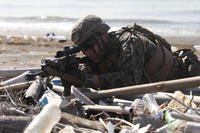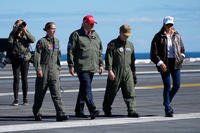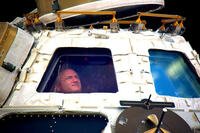When Iraqi dictator Saddam Hussein let the United Nations deadline for withdrawing his troops from Kuwait run out, he had to know there would be consequences.
Hussein thought the attack would come from an amphibious landing from the Persian Gulf. After all, that's why there were two massive battleships sitting off the coast ... right?
The Iowa-class battleships Missouri and Wisconsin were launched in 1944 and 1943, respectively, to fight the Imperial Japanese Navy during World War II. What other reason could the United States have for them in the Persian Gulf than the ships' massive 16-inch guns?
Turns out those old dogs still had some new tricks -- and good teeth.
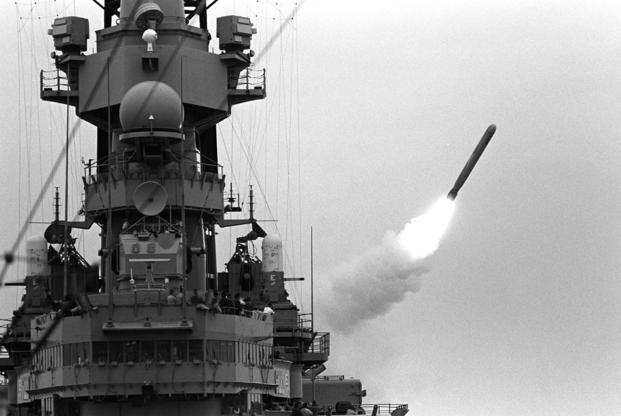
On Jan. 17, 1991, the deadline for Iraqi withdrawal under U.N. Resolution 678 expired, and Operation Desert Shield became Operation Desert Storm.
The Iraqi forces, though technologically advanced and massive on paper, were battle-hardened veterans of the Iran-Iraq War, which they had just spent a decade fighting. The only problem for Saddam's troops was that Iran never had the airpower of the United States.
For 42 days, the U.S. and its coalition partners rained destruction on those troops and on Iraq in a massive air campaign. In 100,000 sorties, allied airpower crippled Iraq's military and civilian infrastructure.
The guns of a U.S. battleship lit up an enemy target for the first time since the Vietnam War, when the Wisconsin knocked out Iraqi artillery targets in southern Kuwait. The stage was set for a coalition invasion through an amphibious landing via Kuwait's Failaka Island.
Or so Saddam thought.
American troops entered Kuwait in force on Feb. 24, 1991. The night before, the battleships blanketed the coastline and Iraqi positions with heavy naval gunfire to reinforce the idea that the invasion was imminent and would come from the sea.
After a night of raining shells on the Iraqis, the Missouri moved into position to support the actual coalition advance, one that came across the land border from Saudi Arabia.
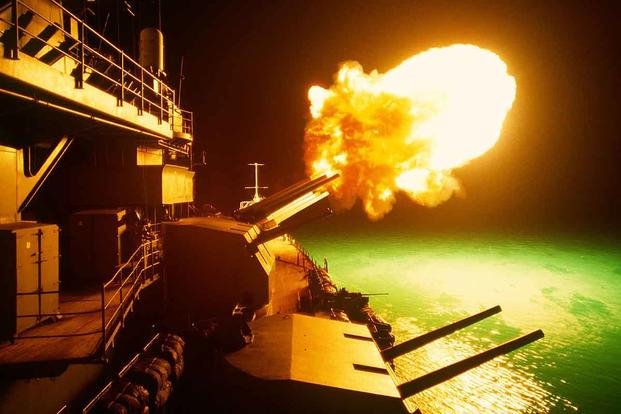
The 1st and 2nd Marine Divisions poured into Kuwait overland and headed straight for Kuwait City. The U.S. Army's VII Corps, led by the 2nd Armored Cavalry Regiment, hit the Iraqis from the west; the XVIII Corps came at them via the Iraqi Desert; and the 101st Airborne conducted the deepest air assault into enemy territory in history -- just to name a few elements of the invasion.
British, French and American ground forces hit the Iraqis hard; within 100 hours, the whole thing was over. Iraq capitulated, and the coalition forces liberated Kuwait.
It was the last hurrah for the Iowa-class battleships. The big guns weren't the only contribution made by the aging men o' war, though. Iraqi troops surrendered to the Missouri's Pioneer unmanned aerial vehicle (UAV) during the initial shelling on Feb. 24, as it spotted targets for the mighty battleships.
It was the first surrender to a drone on a battlefield.
-- Blake Stilwell can be reached at blake.stilwell@military.com. He can also be found on Twitter @blakestilwell or on Facebook.
Want to Learn More About Military Life?
Whether you're thinking of joining the military, looking for post-military careers or keeping up with military life and benefits, Military.com has you covered. Subscribe to Military.com to have military news, updates and resources delivered directly to your inbox.



